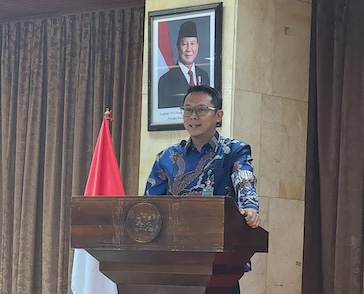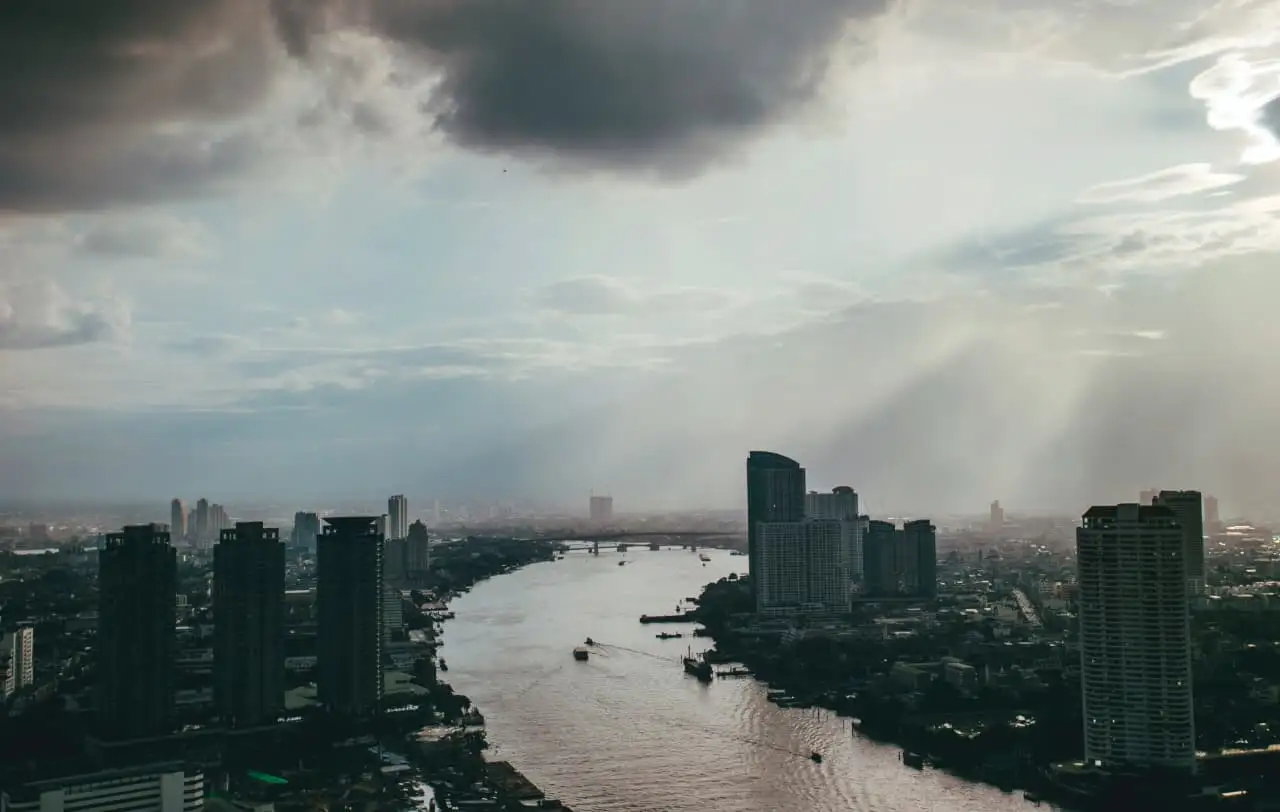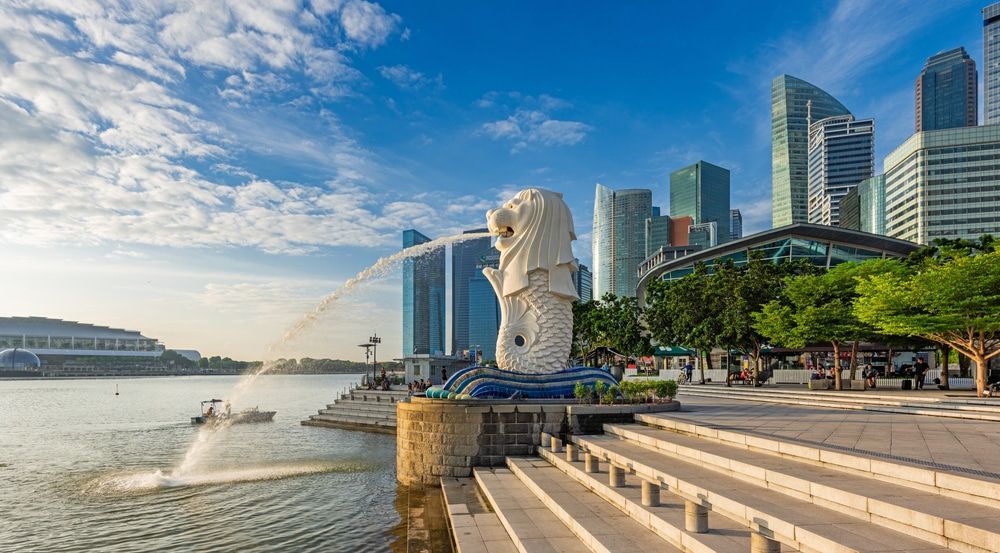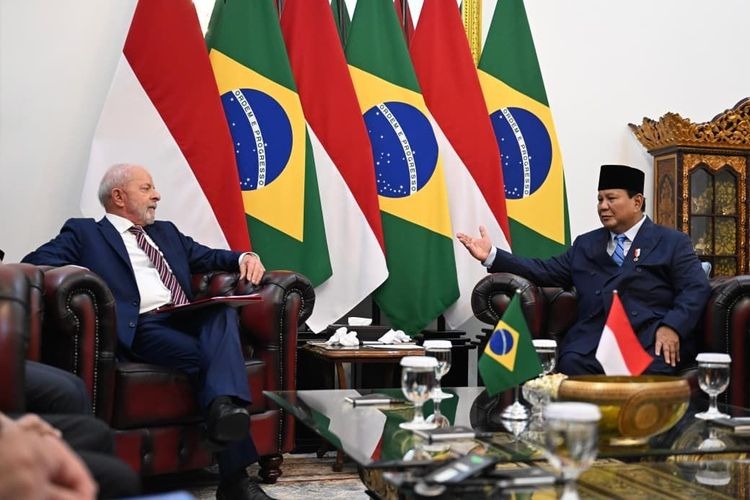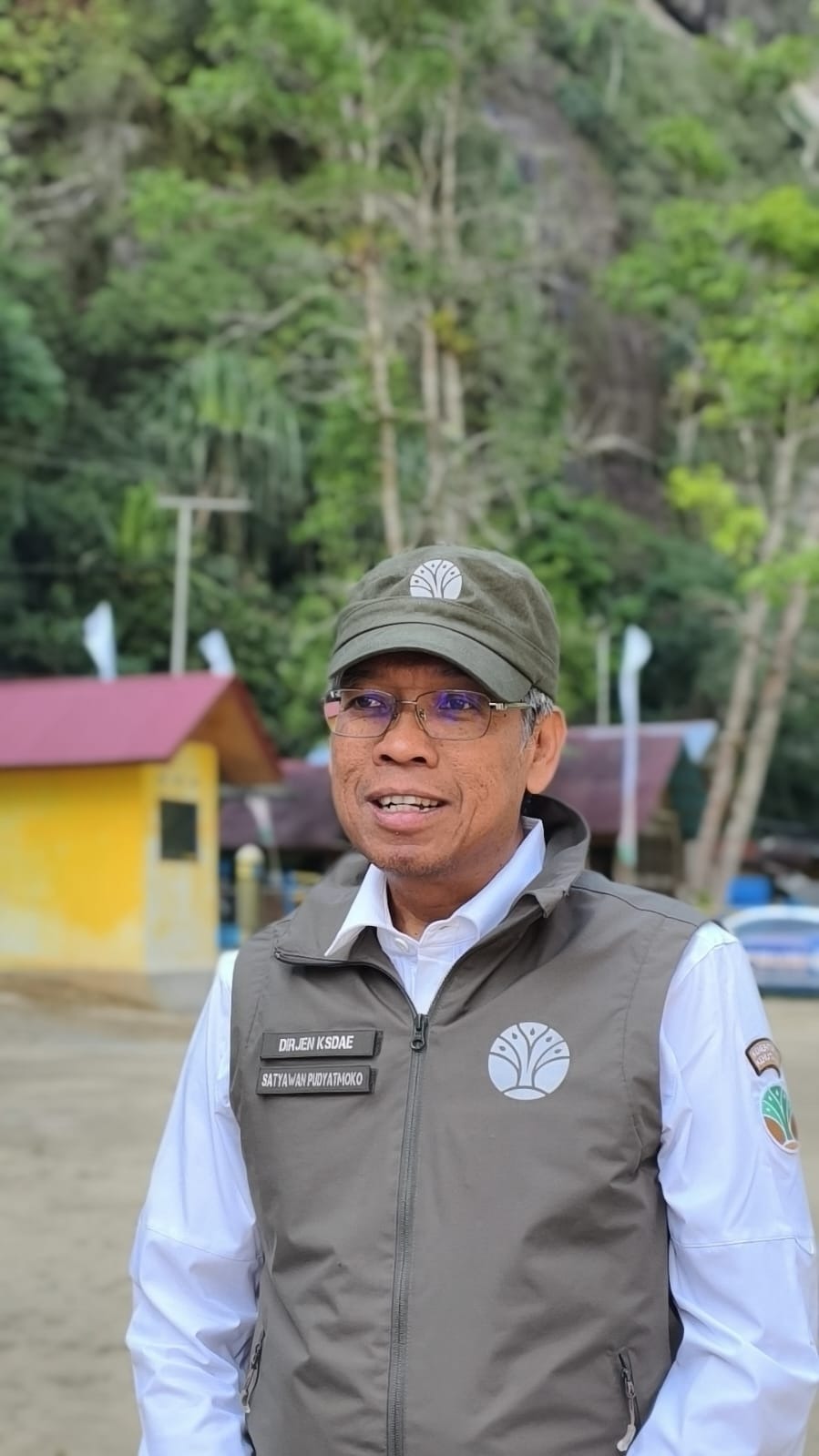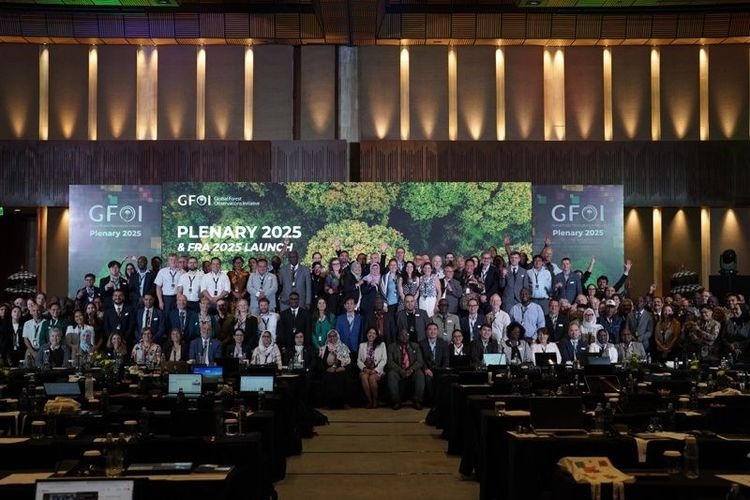Enviro News Asia, Jakarta – The Ministry of Forestry has emphasized that public engagement is key to addressing the challenges of mangrove rehabilitation in Indonesia.
“State budget alone can no longer be fully relied upon for mangrove rehabilitation. Public support—from communities, the private sector, and international partnerships—is the key to long-term success,” said Dr. Ristianto Pribadi, Director of Mangrove Rehabilitation at the Ministry of Forestry, during the HIMASIERA Goes to Company and Government (HIMCOMENT) forum in Jakarta on Friday (May 23, 2025), as stated in the official release.
He explained that public involvement can encourage the emergence of alternative financing sources such as corporate social responsibility (CSR), blended finance schemes, and mutually beneficial multi-stakeholder partnerships.
By building public trust through transparent communication and campaigns, the Ministry aims to foster sustainable synergy between the government and the community in preserving this coastal ecosystem.
Indonesia holds nearly a quarter of the world’s total mangrove area, making it a key player in blue carbon initiatives.
However, significant on-the-ground challenges remain. Ristianto noted that mangrove rehabilitation programs face numerous obstacles such as coastal erosion, tidal flooding, pest infestations, limited funding, and land conversion at the site level.
From an institutional and policy perspective, he highlighted the need for regulatory updates that are more responsive to field dynamics, as well as the integration of rehabilitation outcomes into utilization schemes that provide economic value and direct benefits to local communities.
“Until now, efforts have been too focused on planting. But rehabilitation requires a comprehensive approach, including investment, incentives, resource utilization, and institutional strengthening,” he explained.
According to data from the Directorate of Mangrove Rehabilitation, of the total potential mangrove habitat of 769,000 hectares, about 70% lies within fishpond areas that have undergone land use changes.
Meanwhile, 2.6 million hectares of dense mangrove forest need to be preserved, and another 497,000 hectares are sparse or degraded mangroves with rehabilitation potential.
To respond to these conditions, the Ministry is developing an Investment and Institutional Roadmap for Mangrove Rehabilitation, which divides areas into zones based on land readiness levels.
This roadmap will serve as an essential tool for future public campaigns and monitoring efforts.
“The ultimate goal is to build public trust. Once that trust is established, public engagement will follow—whether through funding, technical assistance, or sustainable management,” Ristianto stated.
He added that educating the public and forest farmer groups is an important part of the national mangrove communication strategy.
The government has also noted several successful mangrove rehabilitation stories in Karangsong (West Java), Baros (Yogyakarta), Balikpapan (East Kalimantan), and Tahura Ngurah Rai (Bali), all of which demonstrate the great potential of active public involvement.
With increasingly complex challenges and limited state funding, Ristianto stressed that mangrove rehabilitation cannot rely solely on bureaucratic approaches. “A social, collaborative, and inclusive approach is needed. Mangrove rehabilitation is our shared responsibility,” he said.
HIMCOMENT was organized by the Faculty of Human Ecology (FEMA) at IPB University and attended by students from the Department of Communication and Community Development Sciences (SKPM) at IPB University.
On that occasion, Dr. Bayu Eka Yulian, a lecturer from SKPM IPB University, also delivered a session on Empowering Communities to Protect the Environment with Social Engineering. *




